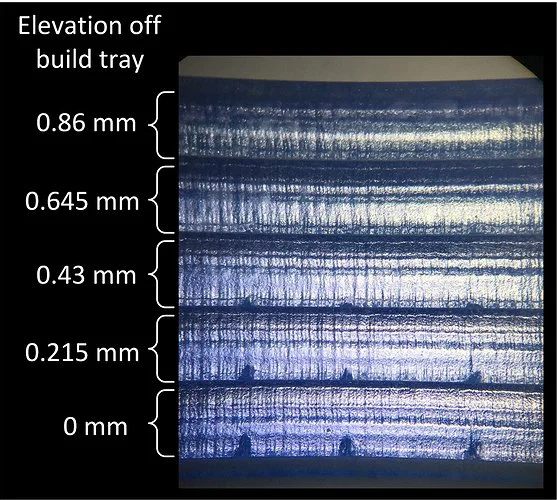In the summer of 2024 we were approached by Tarn Greenlaw, a character modeler at Weta Fx who has worked on some pretty cool shows like The Guardians of the Galaxy, The Eternals, Thor, etc. He was working on converting a digital character designed by Youtuber J Hill to reality.
Working with Tarn and the Formlabs 3L, along with some great painting from Charron Props, we were able to bring this amazing piece of art to life.
Read More




















